“I remember when this all looked so very different,” said my guide, Rose, as we drove through the city of Kuching – the capital of the eastern Borneo state of Sarawak where she was born and raised. Her moment of reminiscence came after my declaration that my first impressions of what makes up Kuching attractions were completely the opposite of the lush green landscape I had come to expect of Borneo. Fear not, it exists, but not everywhere.
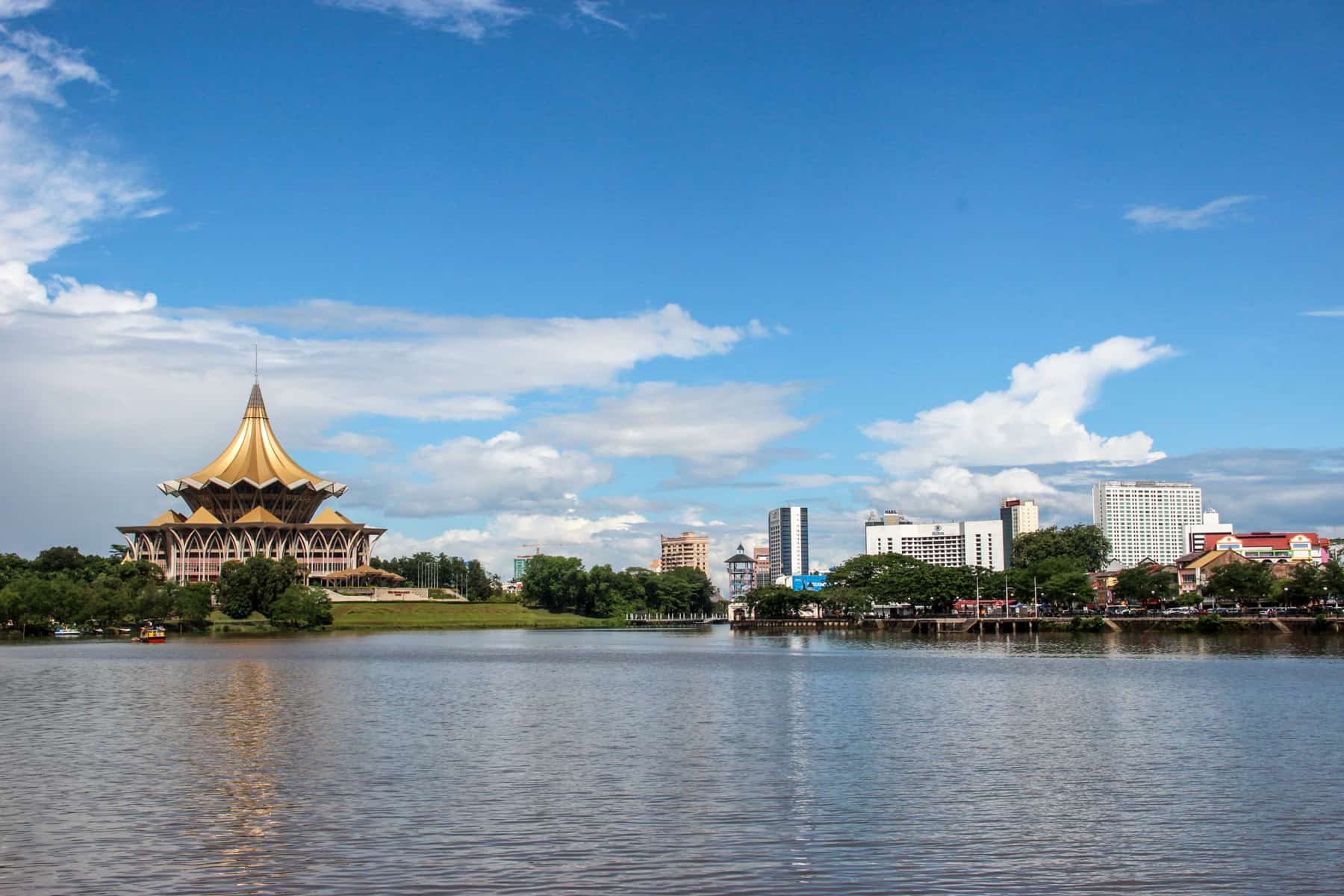
I admit that within 10 minutes I was a little disappointed. Scattered with unsightly concrete buildings, modern hotels and varying washed-out colours of beige, Kuching looked a lot like the pictures you drew as a child where you sketched the buildings first and then filled the last remaining spaces with a large tree or two in an attempt to make it look pretty.
While everyone imagines Borneo to be one giant landmass of the rainforest, it is inevitable that in certain areas an administrative hub emerges as a result of either imperialist or continuous development, or both. Yet while I feel saddened that Kuching has lost a lot of its rural roots that other areas of South East Asia still manage to retain, where flora and fauna has been stripped in place of the bustle of business, and where wildlife has been displaced in the throng of more and more people, I did come to see a different side to it after two days.
Kuching is where history remains and traditions thrive. And those Kuching attractions are found in the streets and villages that hold stories of generations.
I like my first impressions to be challenged.
Kuching Attractions – And Where to Find Them
Brooke Era History of Kuching
In Kuching, you will hear and see multiple mentions of the Brookes, or more specifically, Sir James Brooke, who was rewarded the area of Sarawak in 1841 by the Sultan of Brunei after quelling a rebellion peacefully. What was once a part of the Sultanate of Brunei became a British owned empire for over 100 years until the Japanese occupied Sarawak. The Brookes rulers came to be known as the White Rajahs and made Sarawak into the thriving region it has become today.
Brooke era buildings poke out in between the city’s more recently constructed shabby dwellings. “Kuching people treasure these old buildings” Rose added.
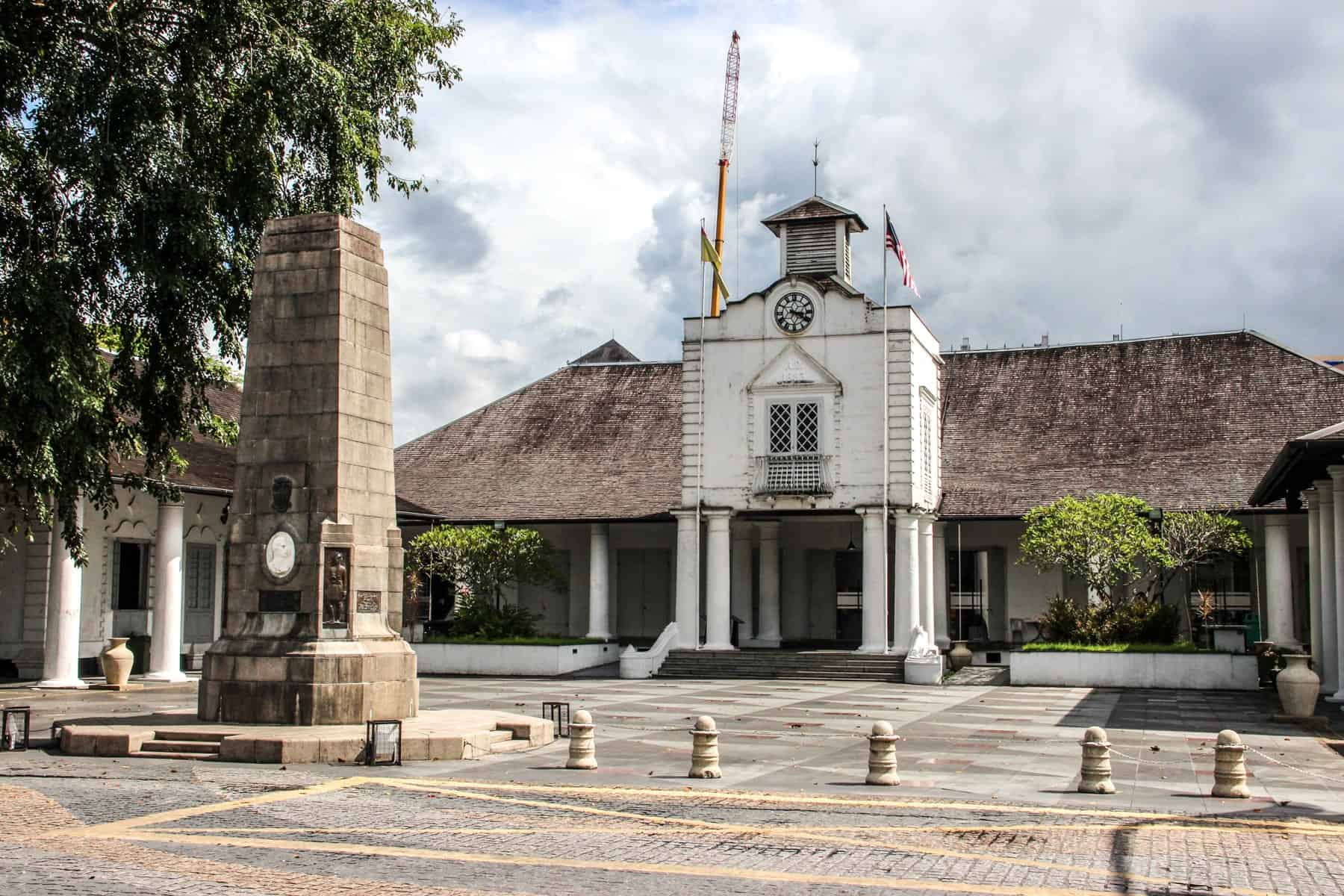
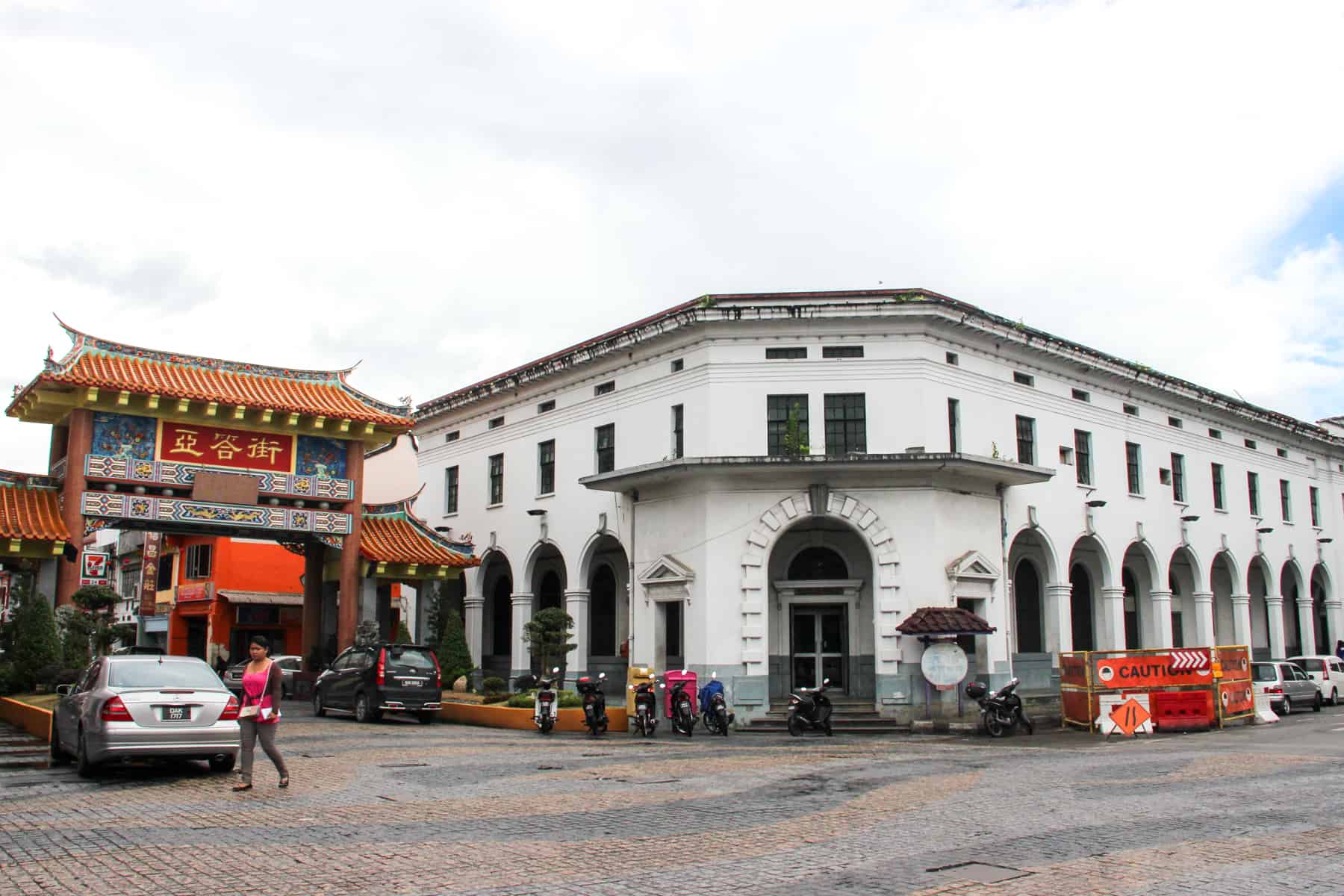
The Old Court House, the Textile Museum and the building with eight Corinthian pillars (which are now a luxury tea house and home to Kuching’s post office) sit aside the Square Tower, all lining the riverfront esplanade that faces Fort Margherita and The Astana – the once grand palace of the White Rajahs – on the other side.
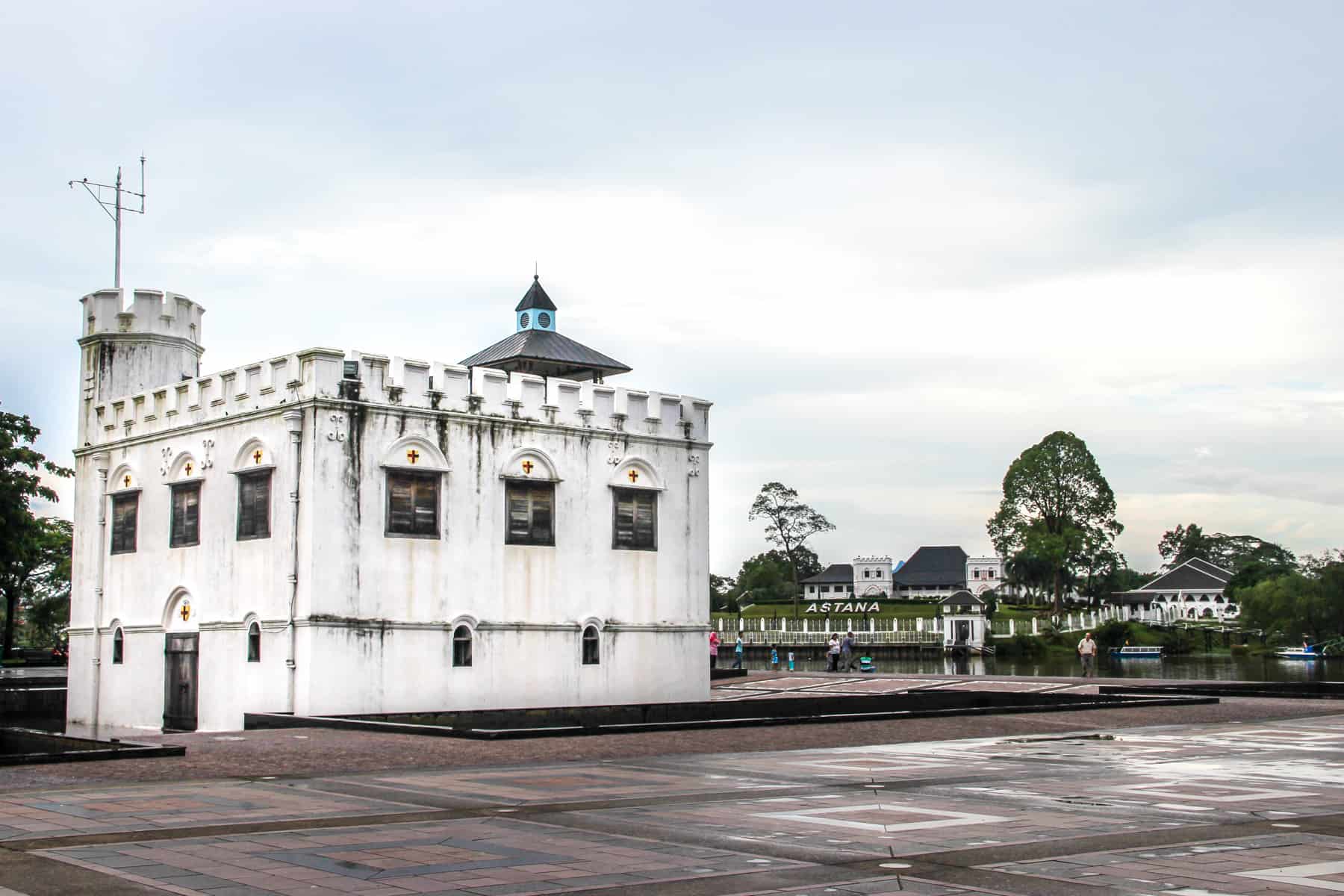
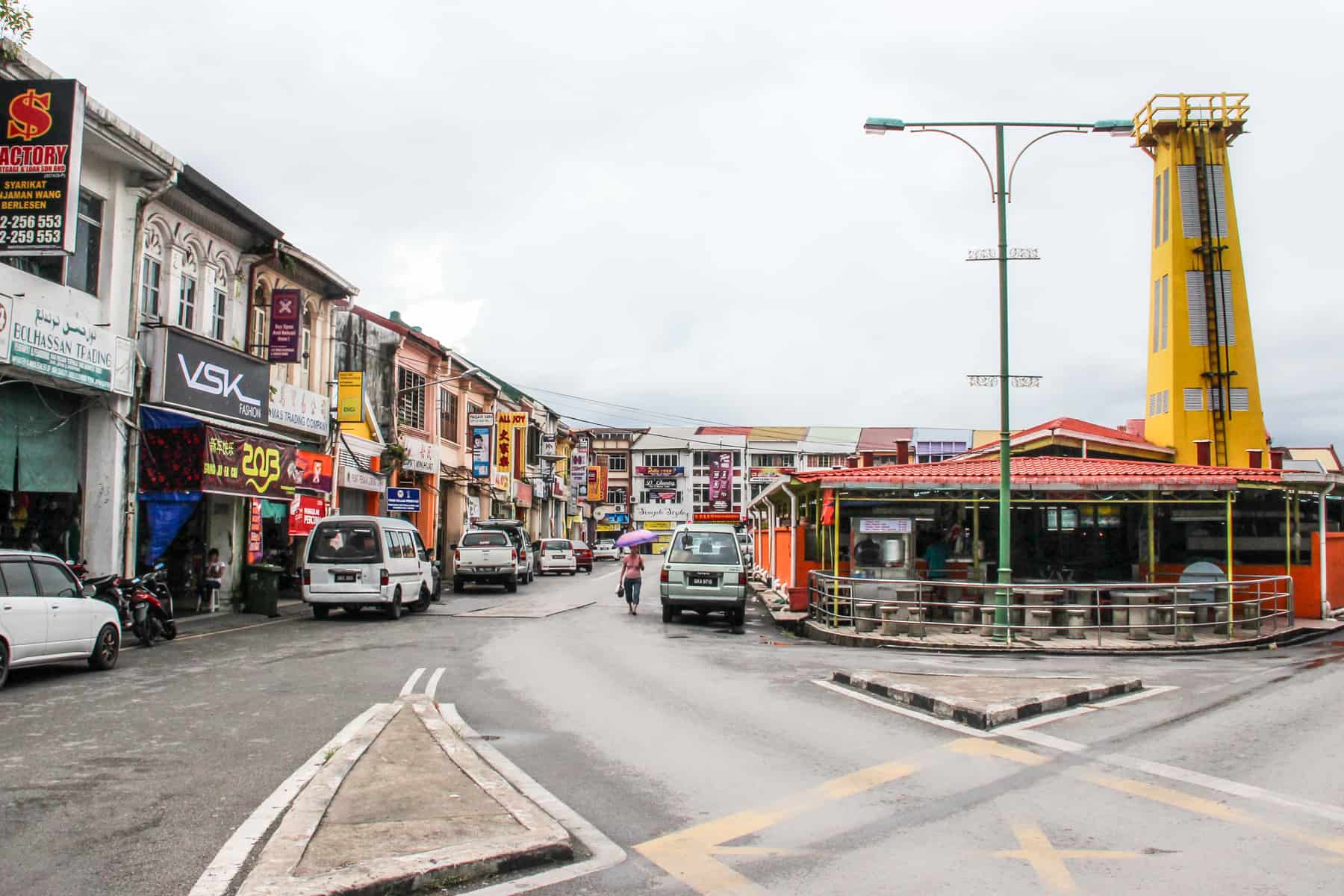
These beautiful structures, all in varying shades of imperialist white, are now overshadowed by the dominant gold structure of the State Assembly building, marking a new age of modernity and rule.
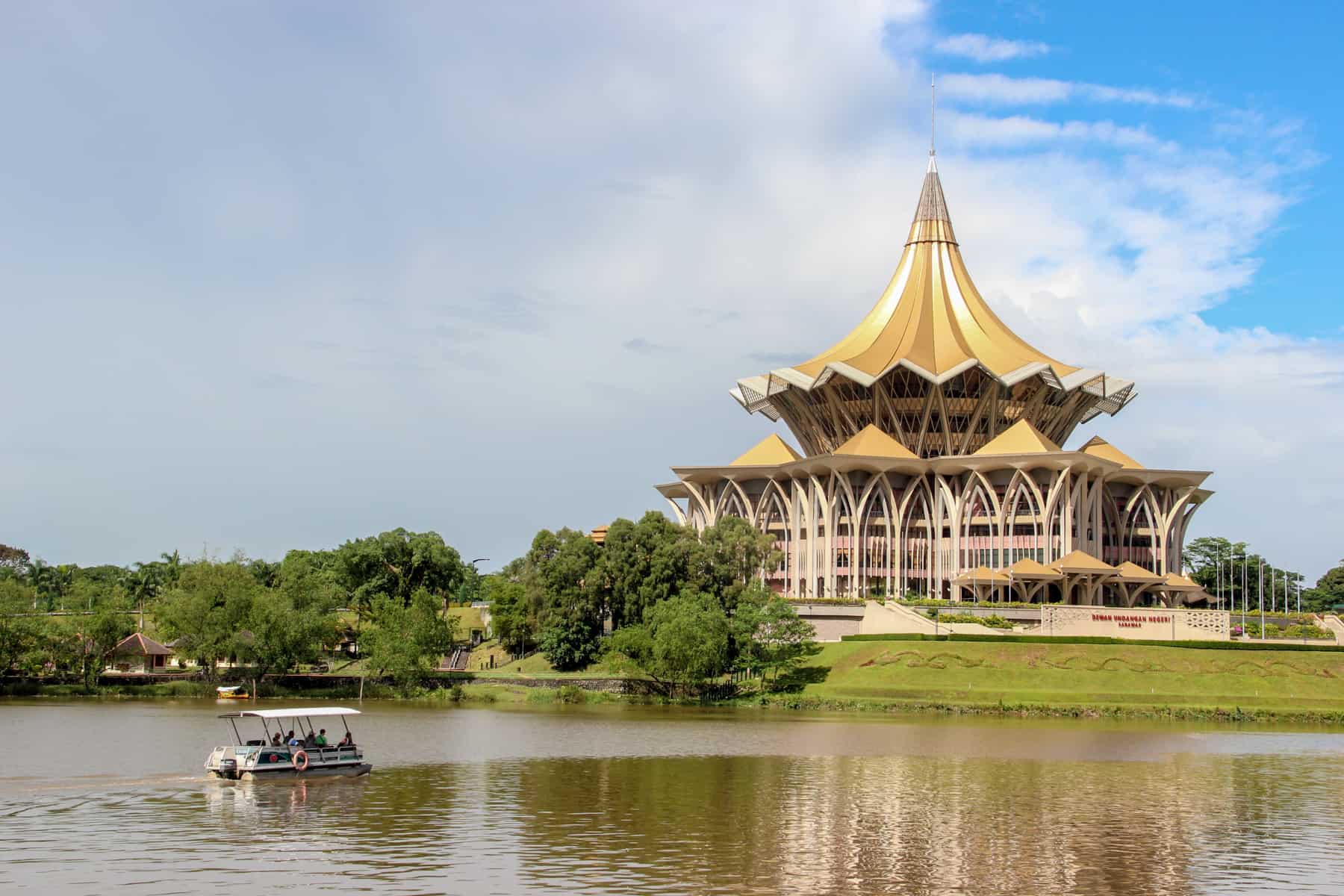
The old Brookes Dockyard marks a time where the river trademarked the new dawn of prosperity, and on the outskirts of the city sits the Sarawak museum, serving as a reminder of the British explorers who came to catalogue a landscape and natural history of land so unlike their own.
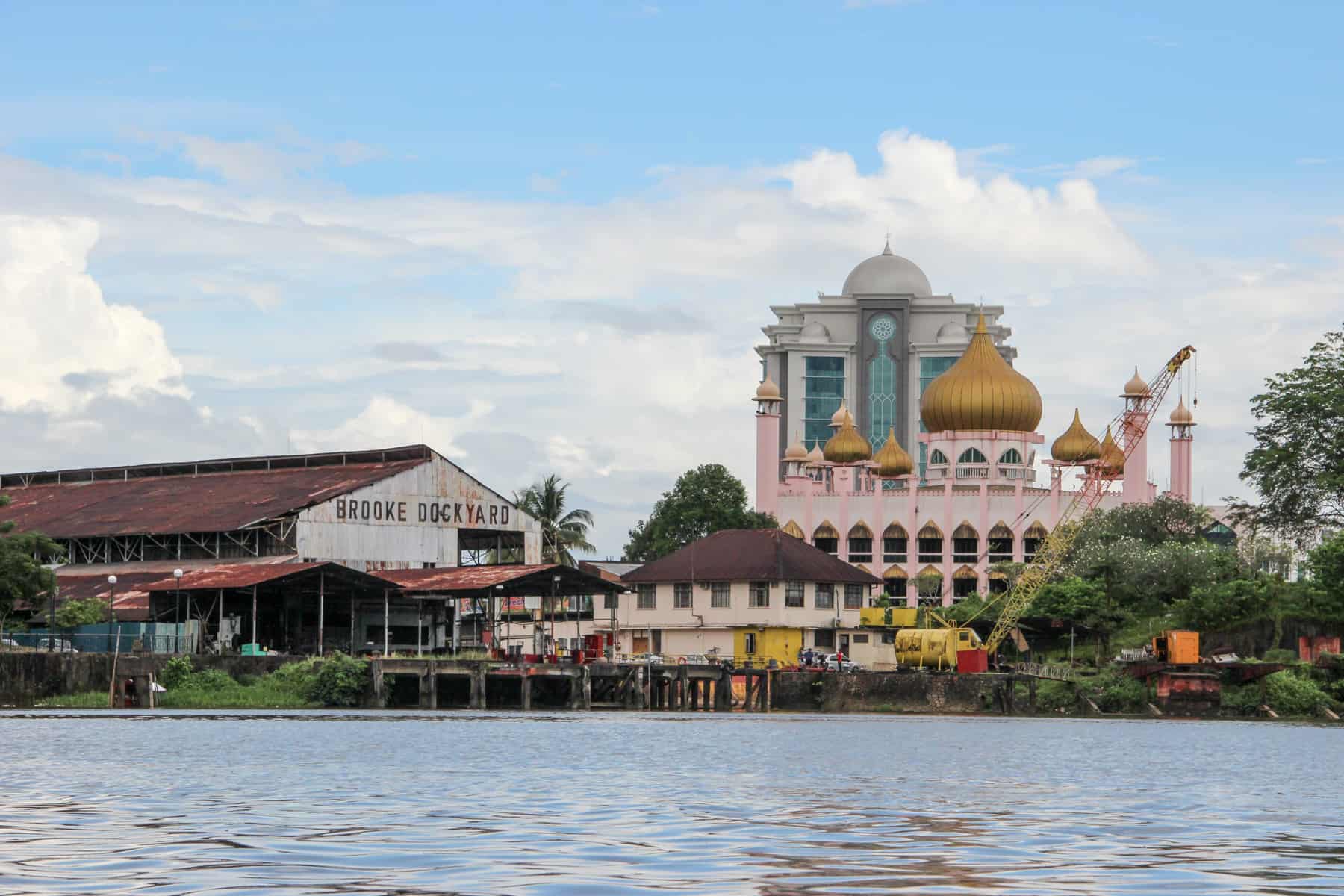
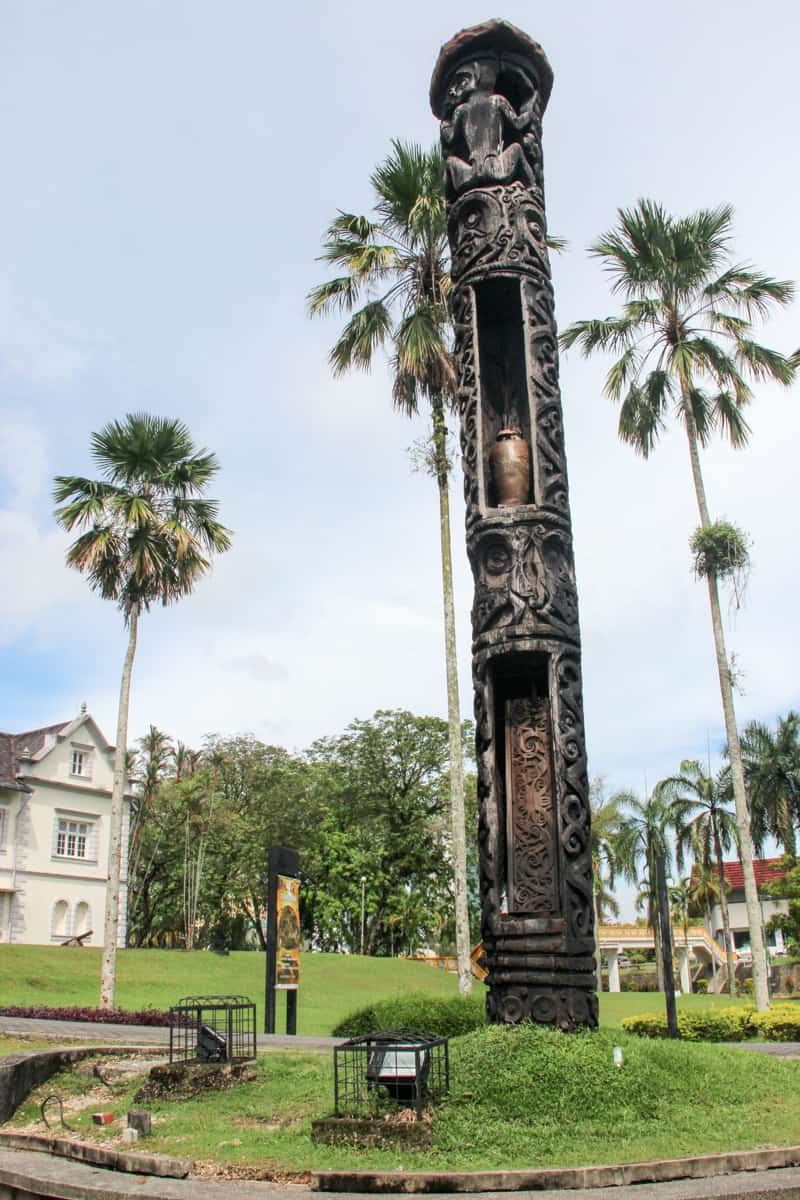
Mixed with Mosques, Chinese temples and kitsch cat statues (Kuching means cat and South East Asia is littered with these crazy animal markers), Kuching is the peaceful merging of Indians, Chinese, and Malay people in its modern-day formation – an eclectic mix of history, culture, tradition and community.
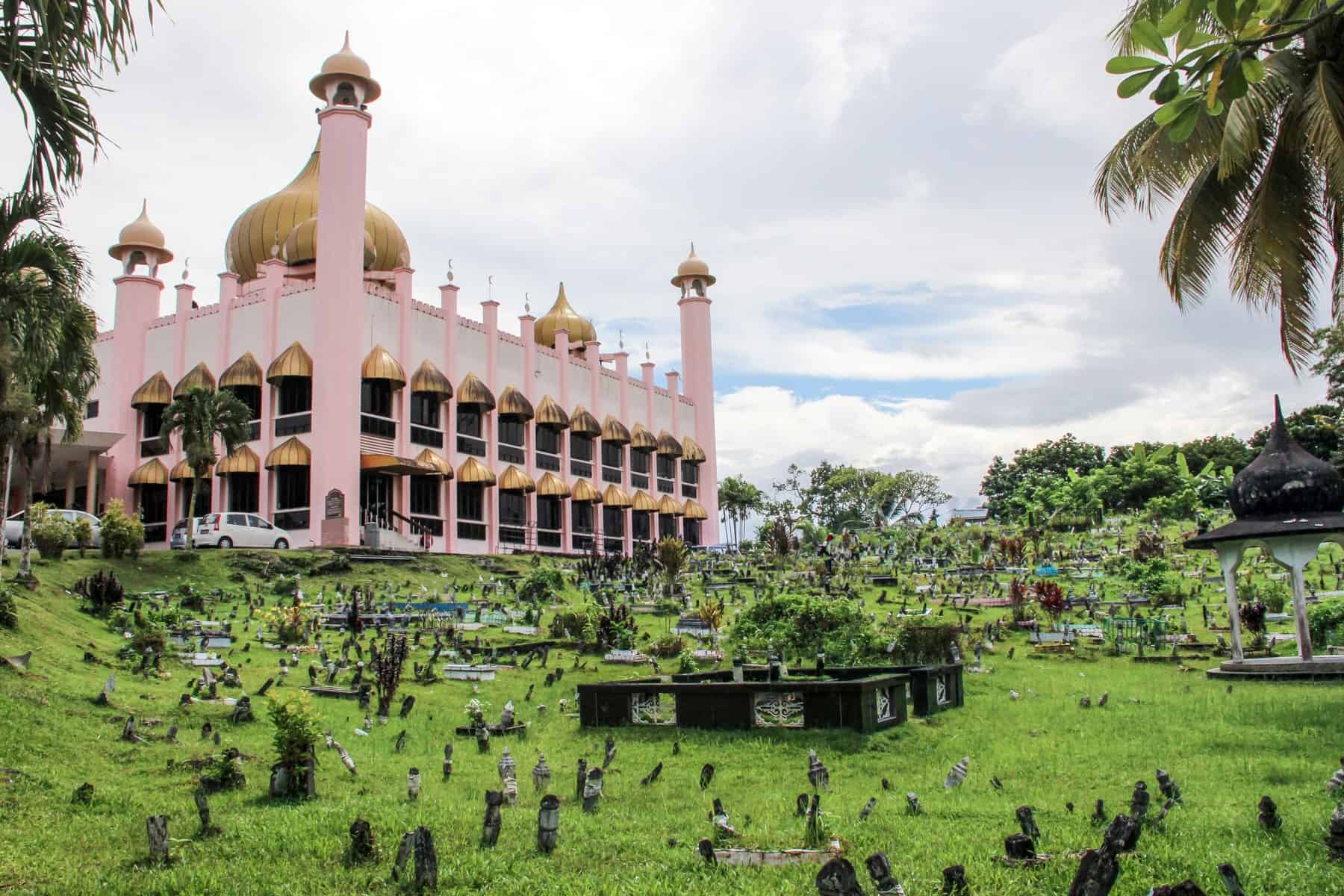
Kuching Streets and Villages Hold Stories of Generations
Not all streets in Kuching are modern in their making. Kuching’s 19th-century old town is the preservation of ancient traditions that were introduced to the city during the Brooke era. Overlooking the river, the city’s oldest street – the Main Bazaar – marks a row of Chinese shop fronts and little private stalls selling everything from souvenirs to the region’s sugar-coated charm – the multi-coloured Kek Lapis cake.
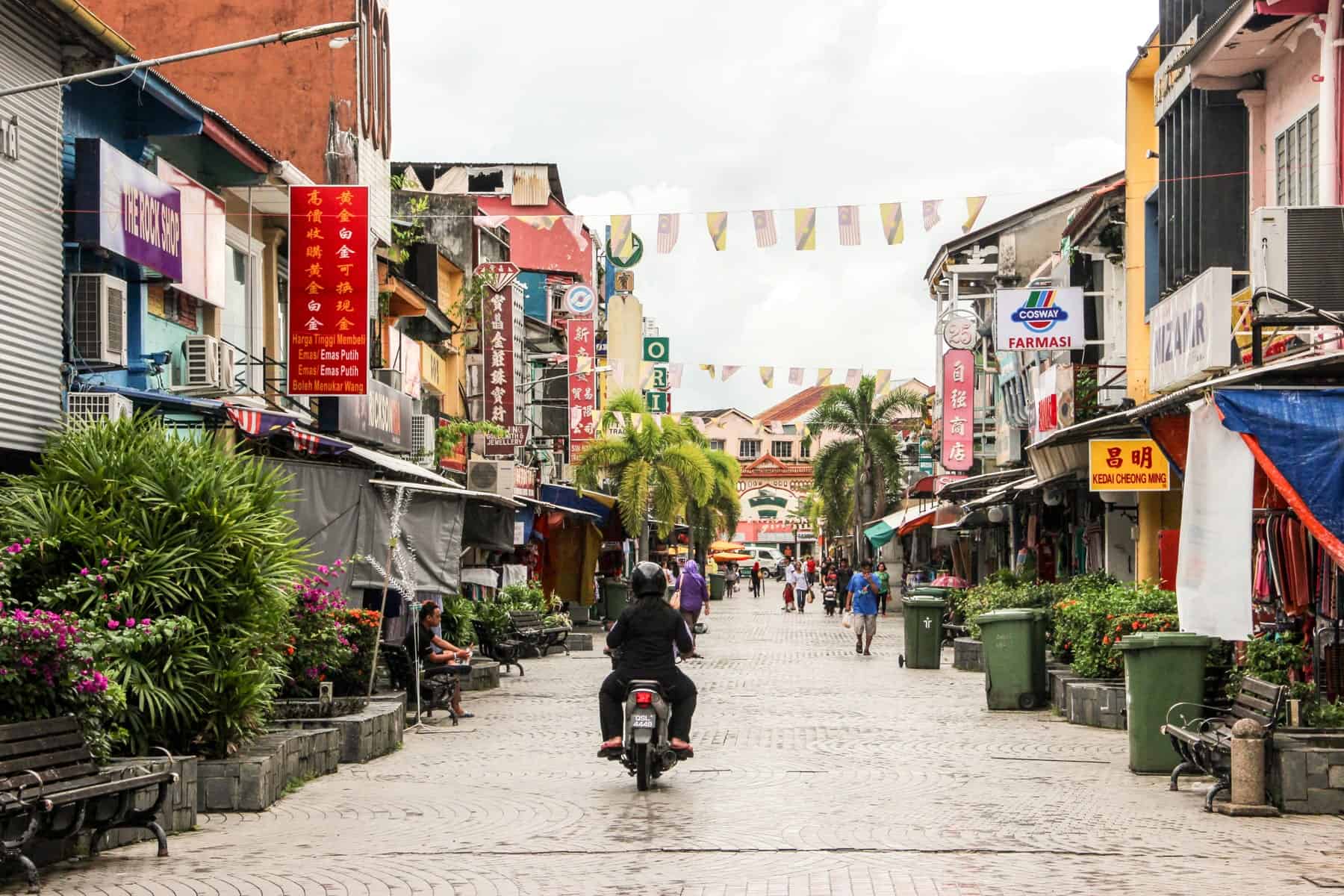
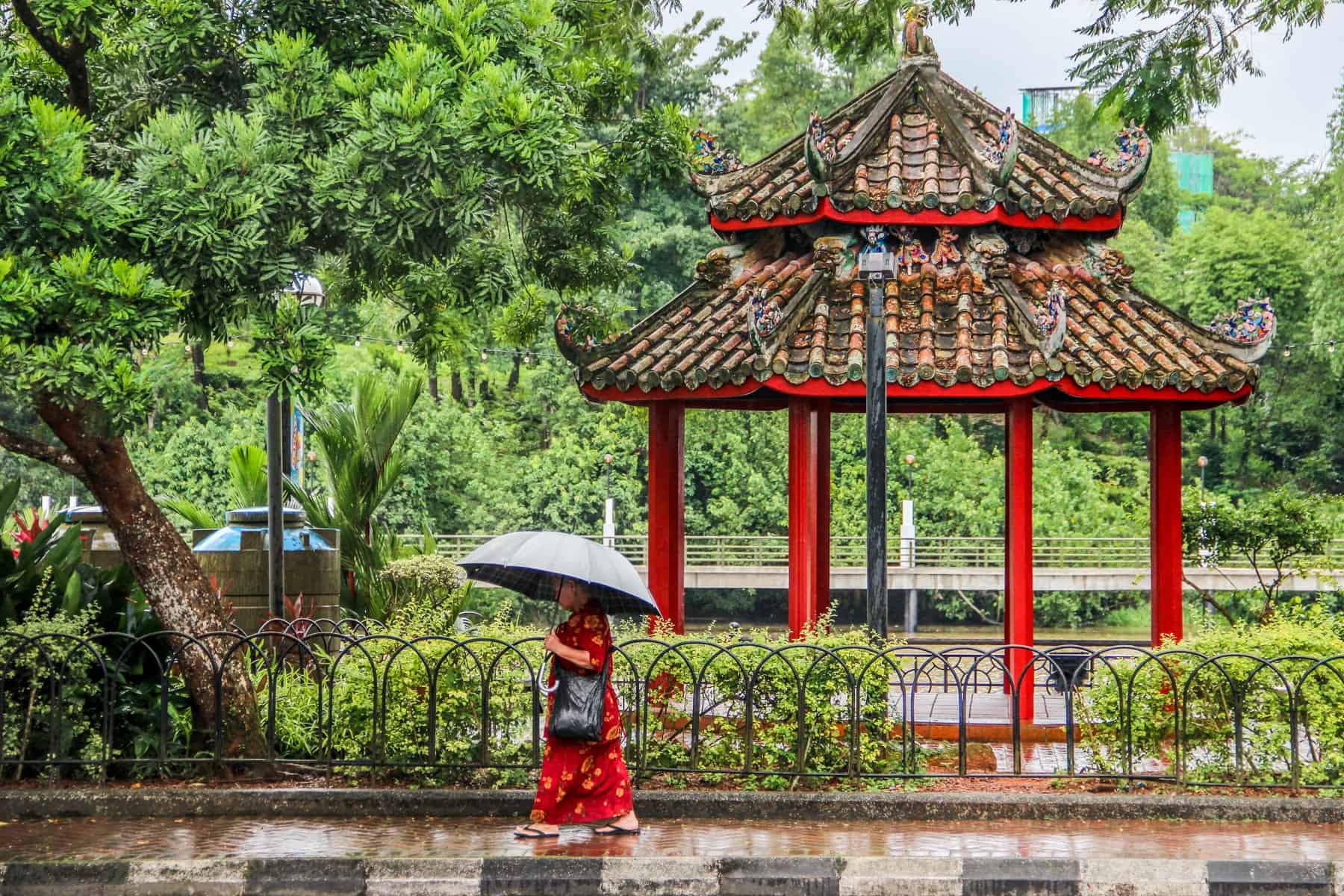
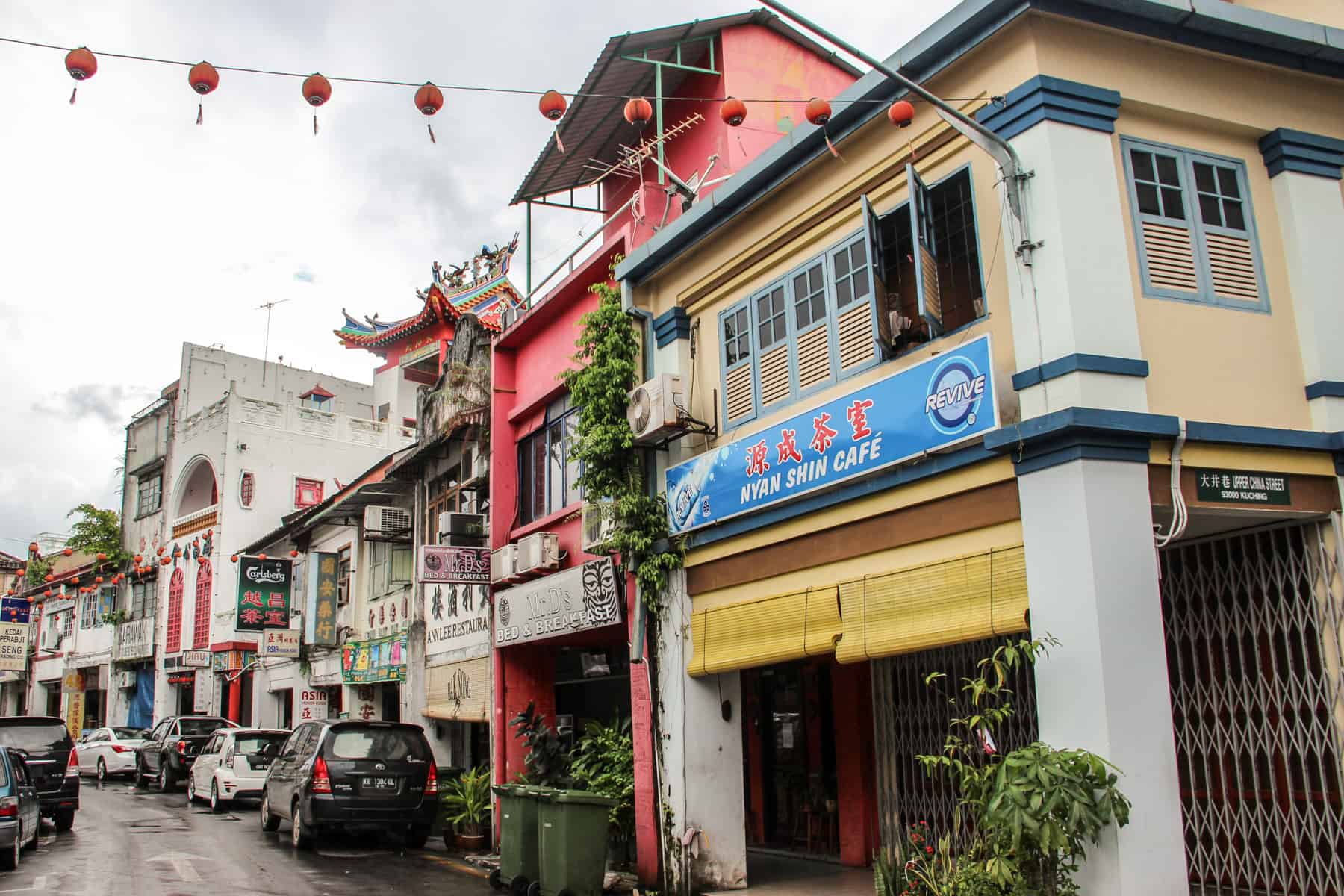
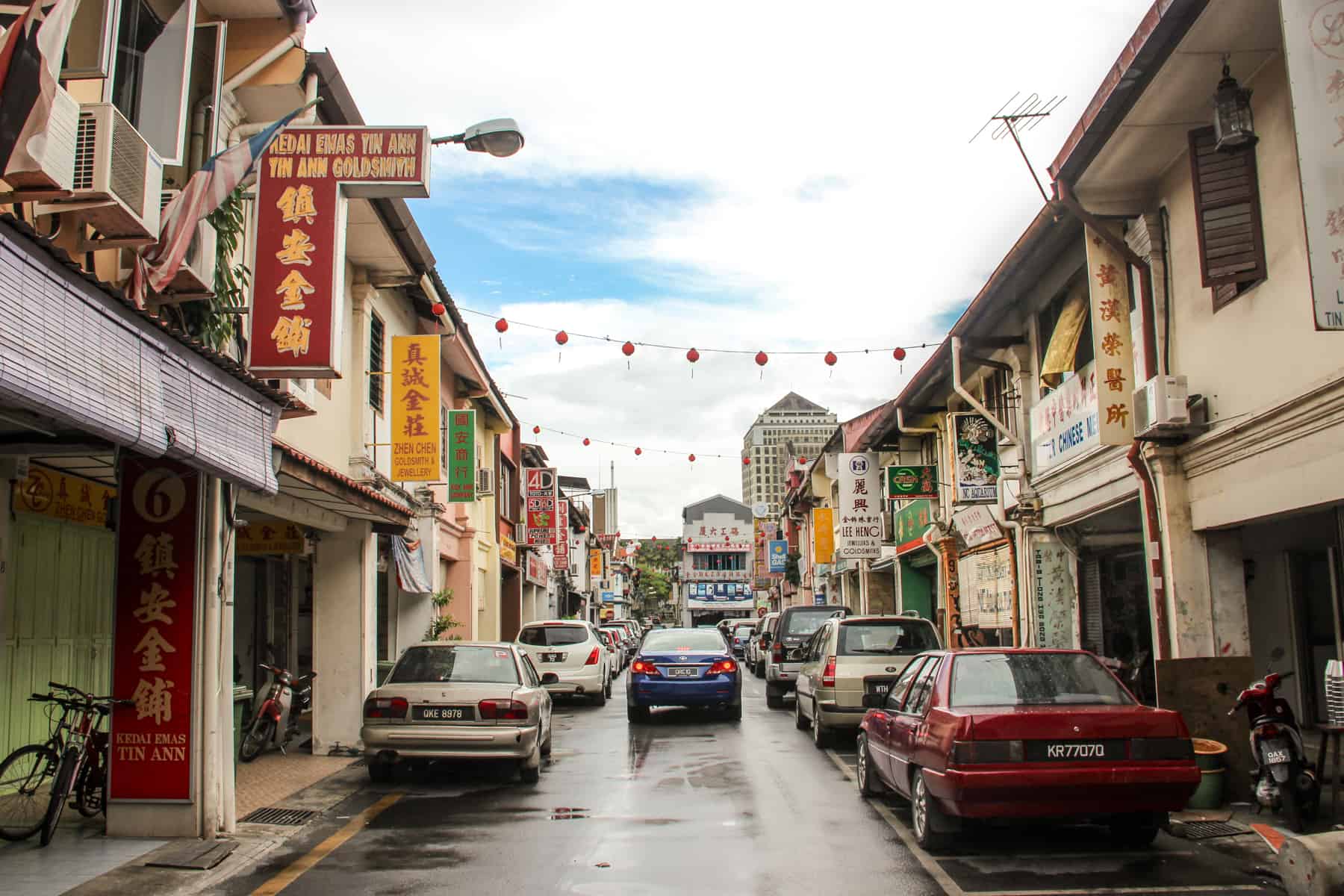
The well-known India Street and famous Carpenter Street sit just behind here, where antique dealers, goldsmiths, coffee, tin and furniture makers have been in business for generations. It’s here where you cross between the sounds of craftsmanship to the peaceful atmosphere of shopkeepers waiting for their next passing customer.
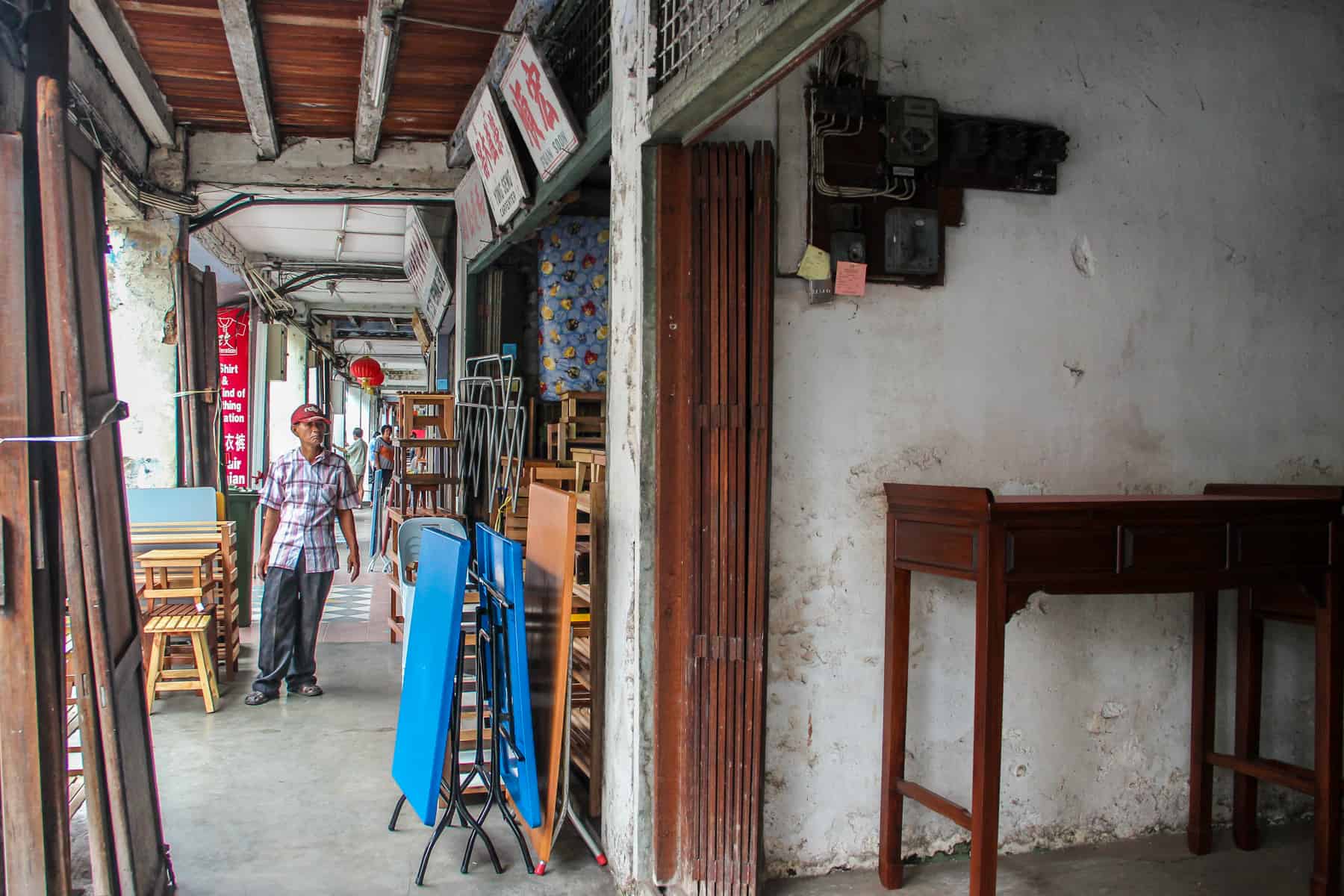
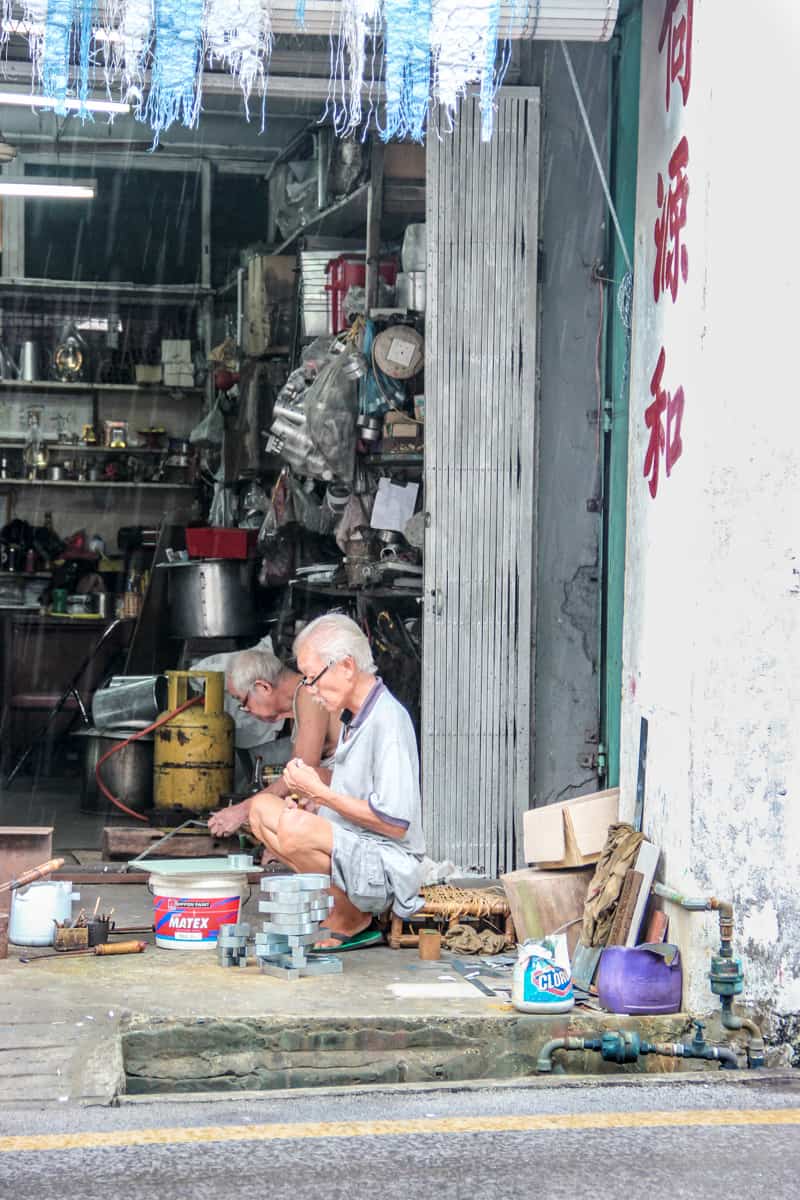
I then crossed the river for a fee amounting to no more than 10 pence to arrive at a sprawling suburb coated with candy colour houses and smiling locals eager to greet you. My guess is that not many tourists leave the city side and make their way over here.
While there is nothing much to see, other than marvelling at the rainbow of beautifully decorated houses and watch as locals relax in cooling shade of doorways smiling as they look out into the window of life and children ride motos up and down the streets, it’s a picture of Sarawak where community spirit still lives on.
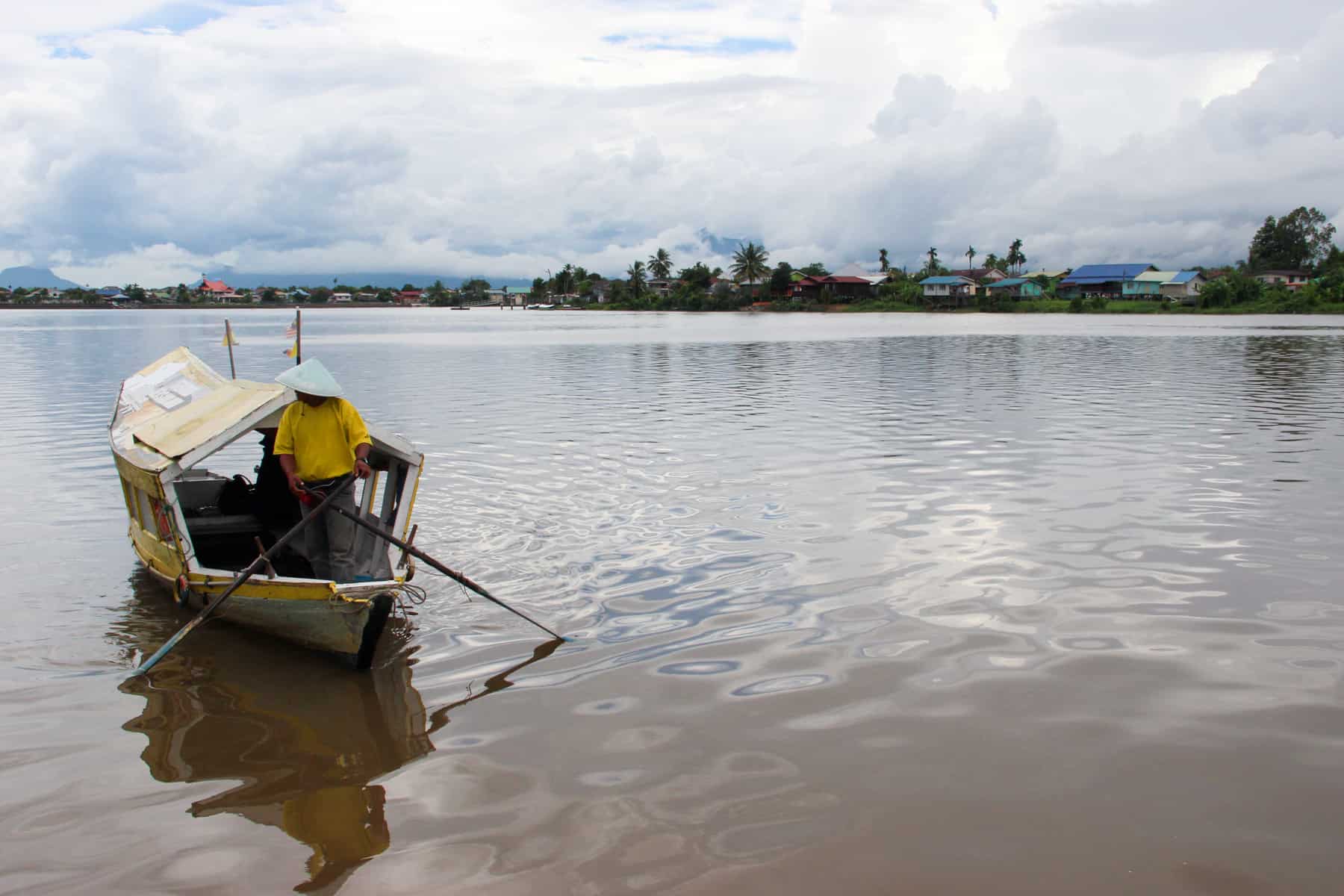
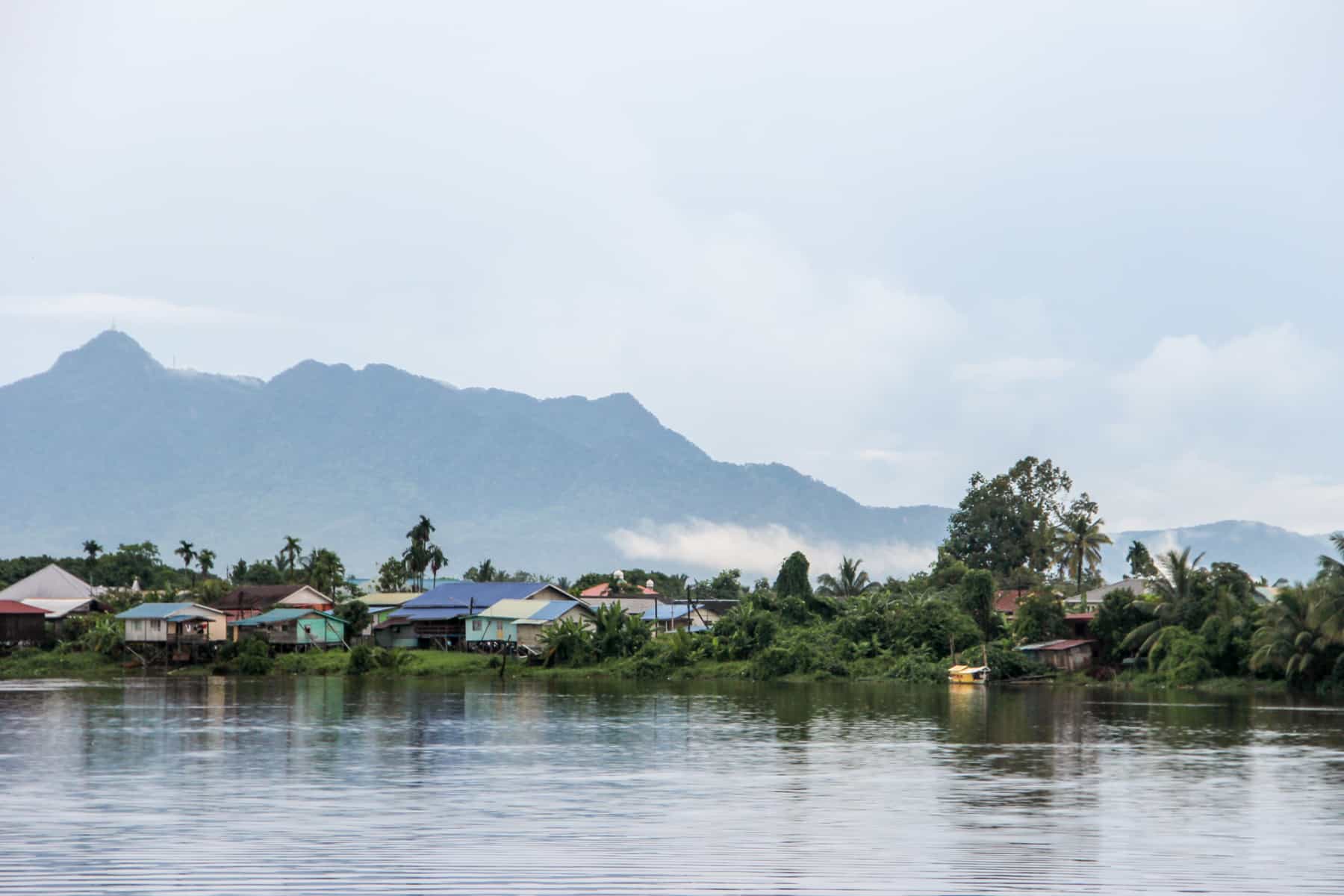
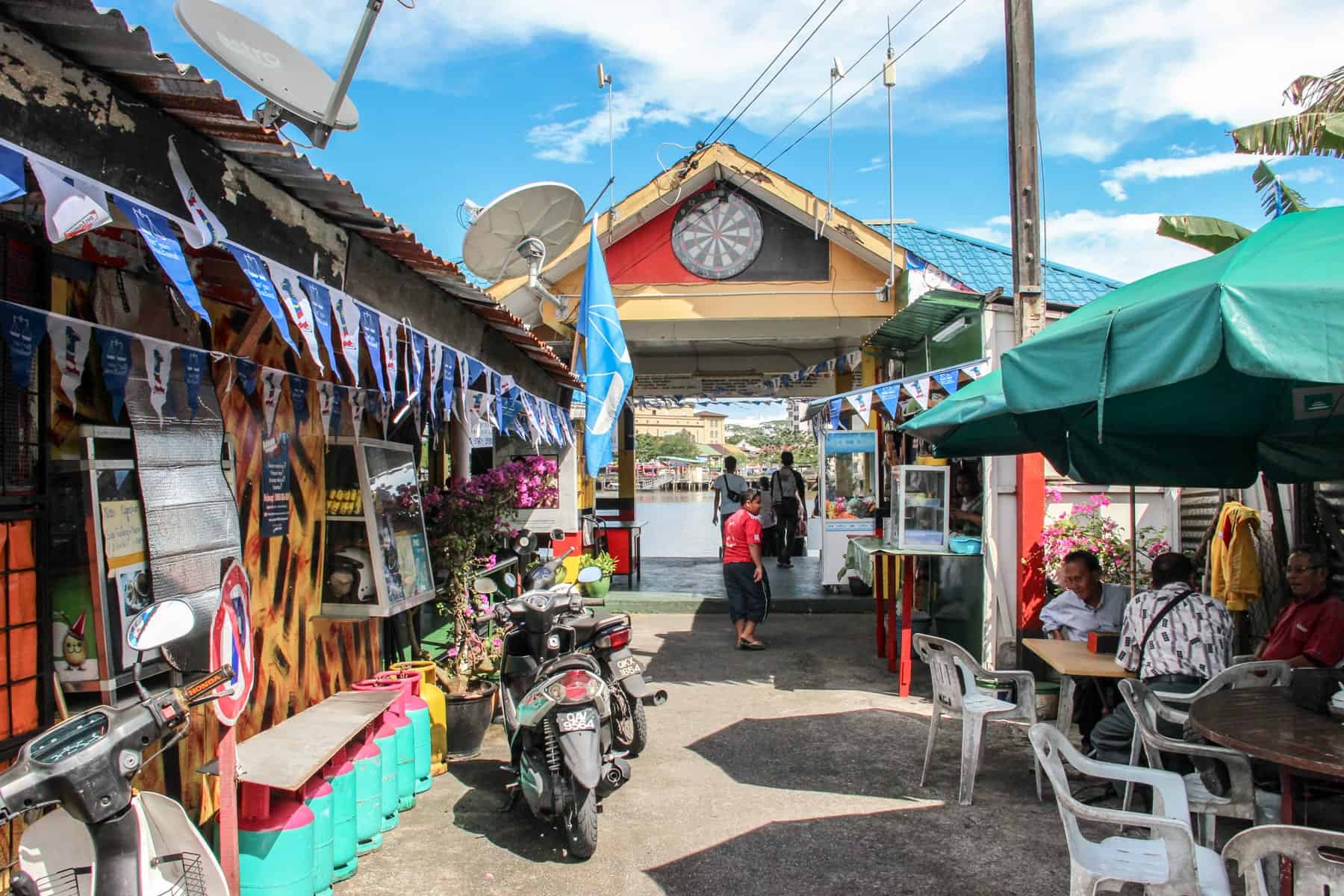
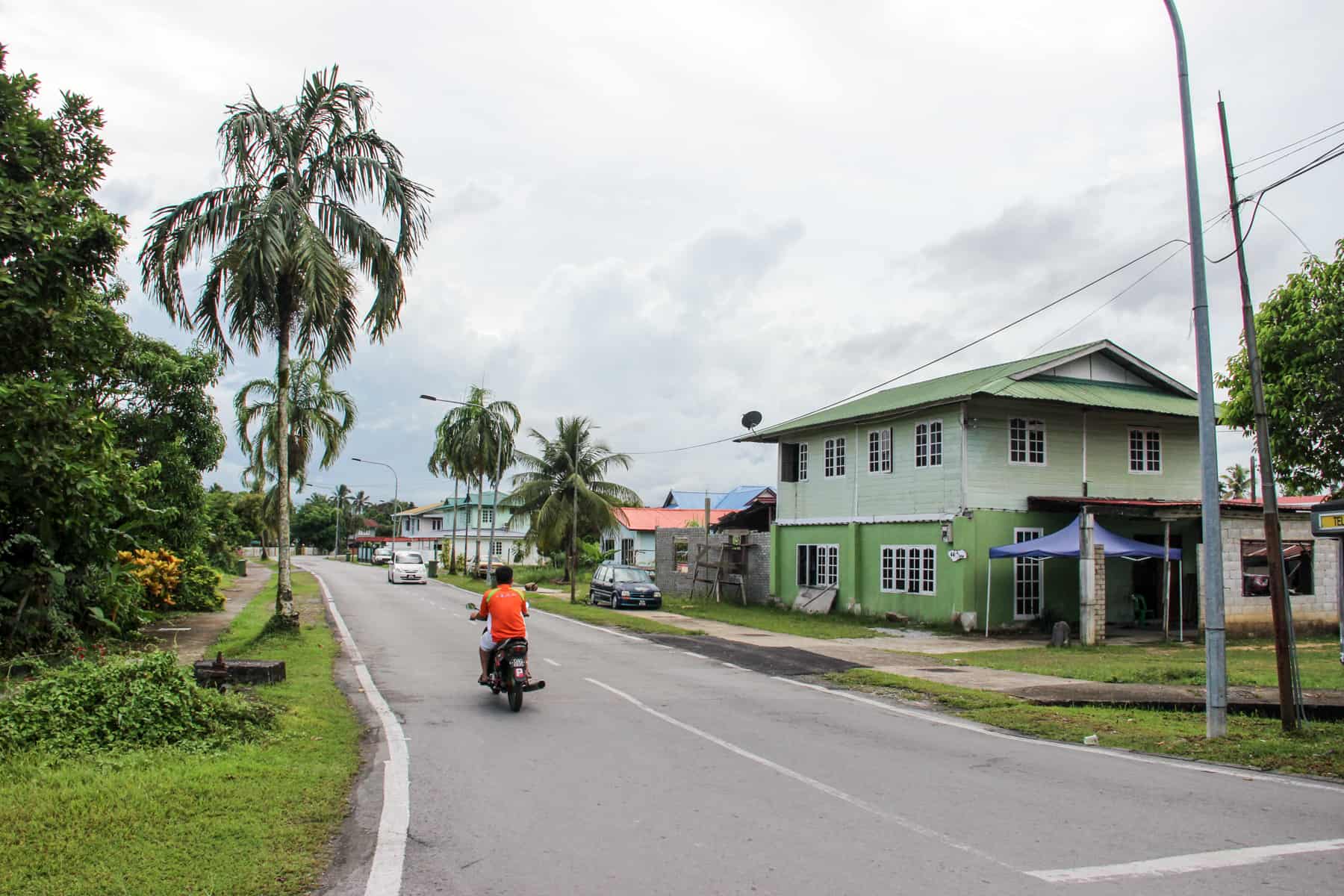
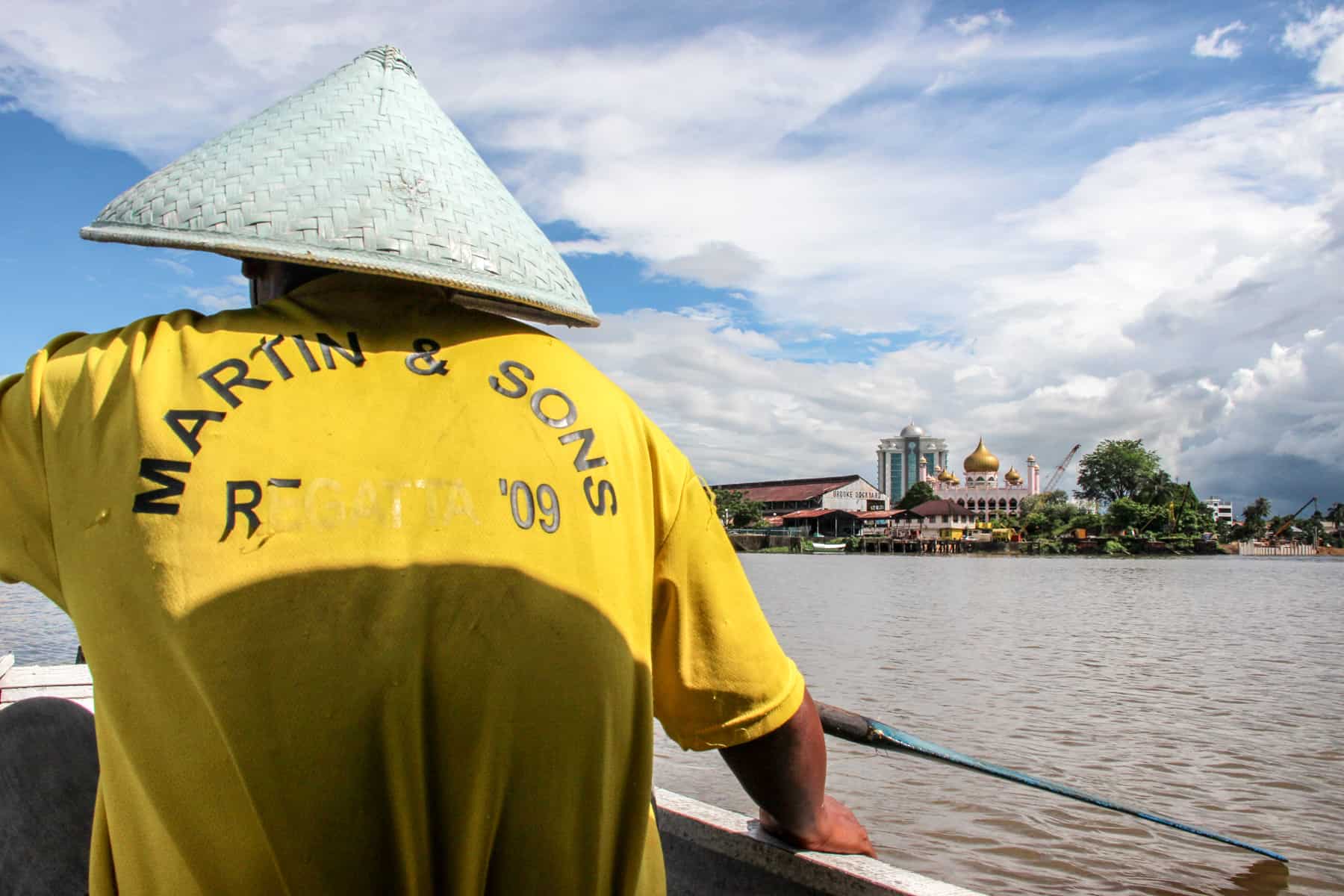
“These parts of the city can never be lost. It would never be the same,” said Rose. It wouldn’t be Kuching anymore – just another sprawling capital city with no culture.
Looking out I saw the picture of Borneo I had imagined. In the distance was the never-ending green landscape I couldn’t wait to explore that held national parks, rainforests and species of animals that can only be found in this region of the world.
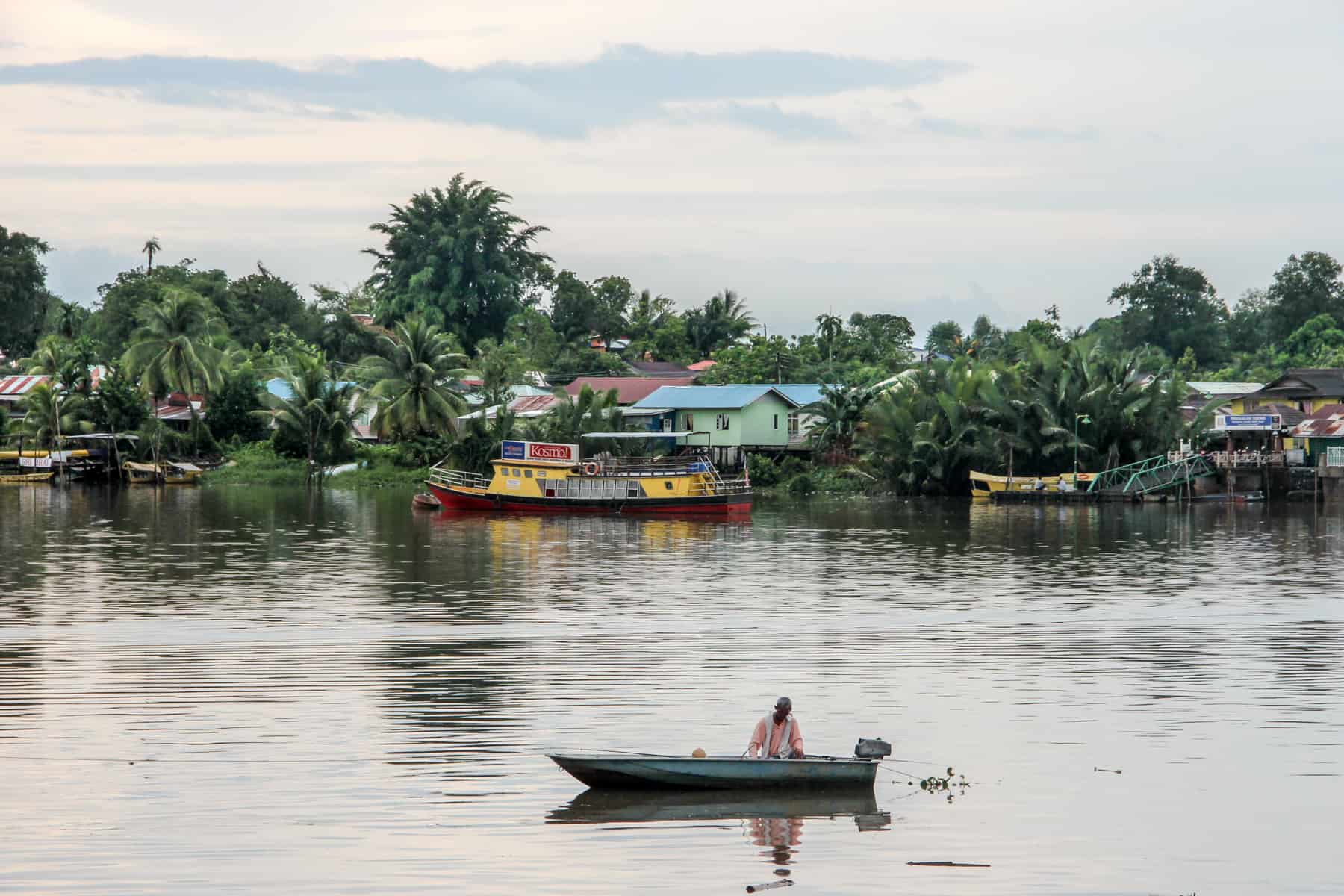
Out there was a land of local tradition and natural beauty – a land that, while being partly destroyed for the profitable gain of its natural resources and the slow adaption to the needs of the modern world, was waiting to be explored.
And from that came the realisation that Kuching, whilst not initially living up to my expectations, was the perfect exploratory start of my grand Borneo adventure.
The post Kuching Attractions – A Sarawak City Adventure in Borneo appeared first on Borders Of Adventure.
from Borders Of Adventure https://www.bordersofadventure.com/kuching-sarawak-starting-my-borneo-adventure/
VietNam Travel & Food Magazine Vina.com offers News✅ Travel info✅ Food Recipes✅ Photos✅Restaurant Guide at Vina.com https://vina.com/travel/nightlife/ https://vnfoodandtravelblog.blogspot.com/

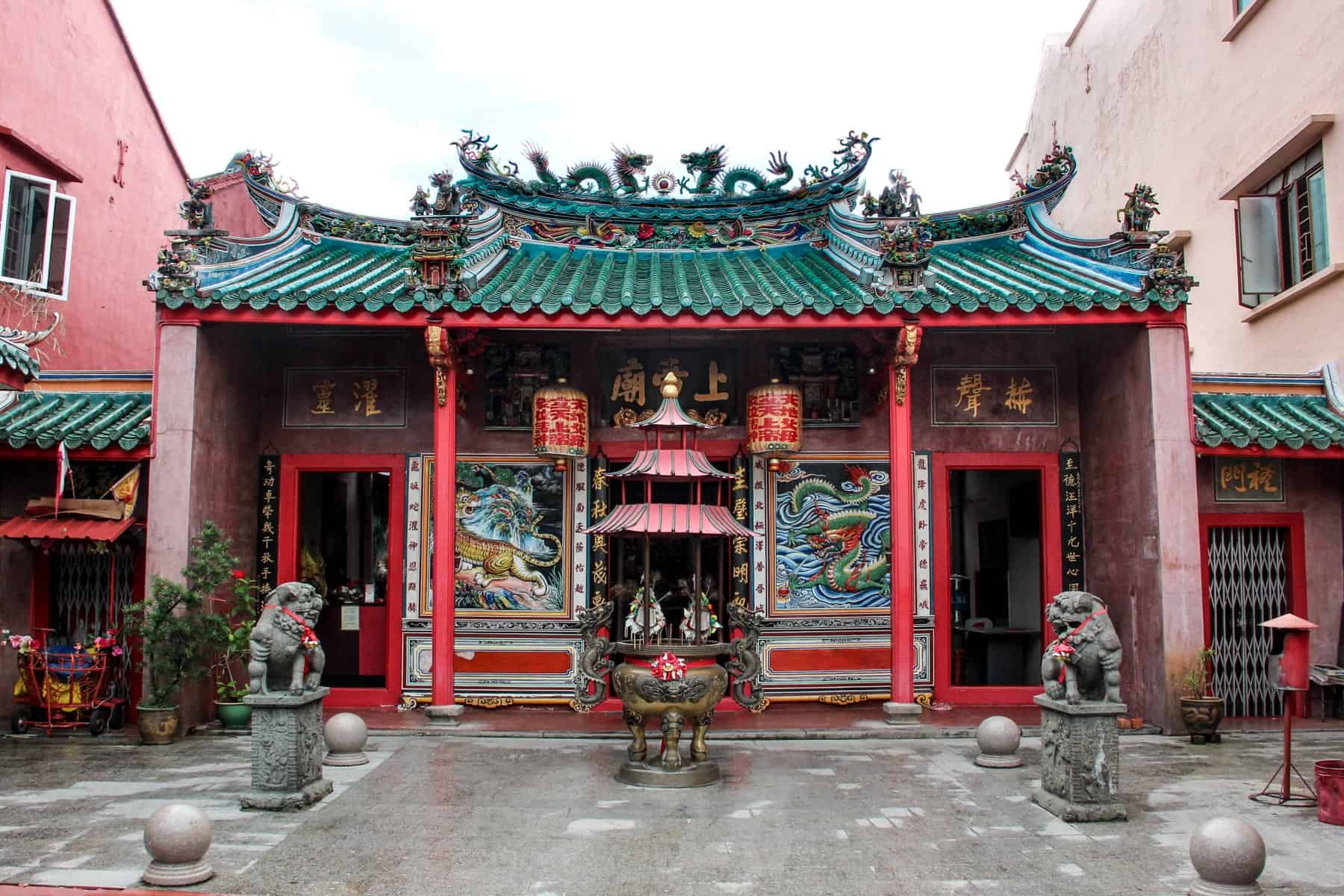


0 Nhận xét